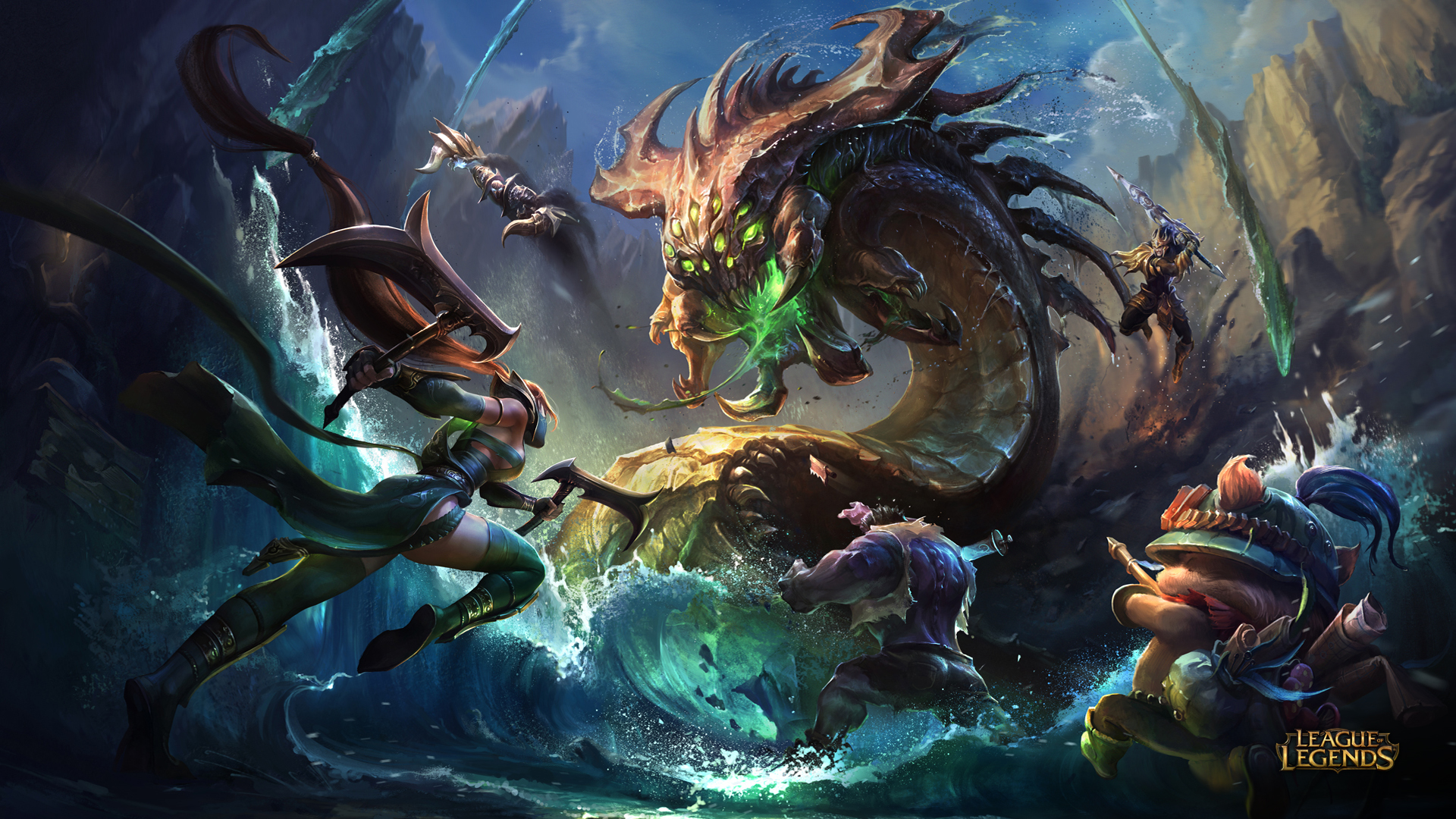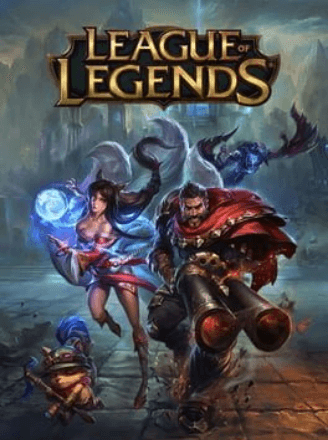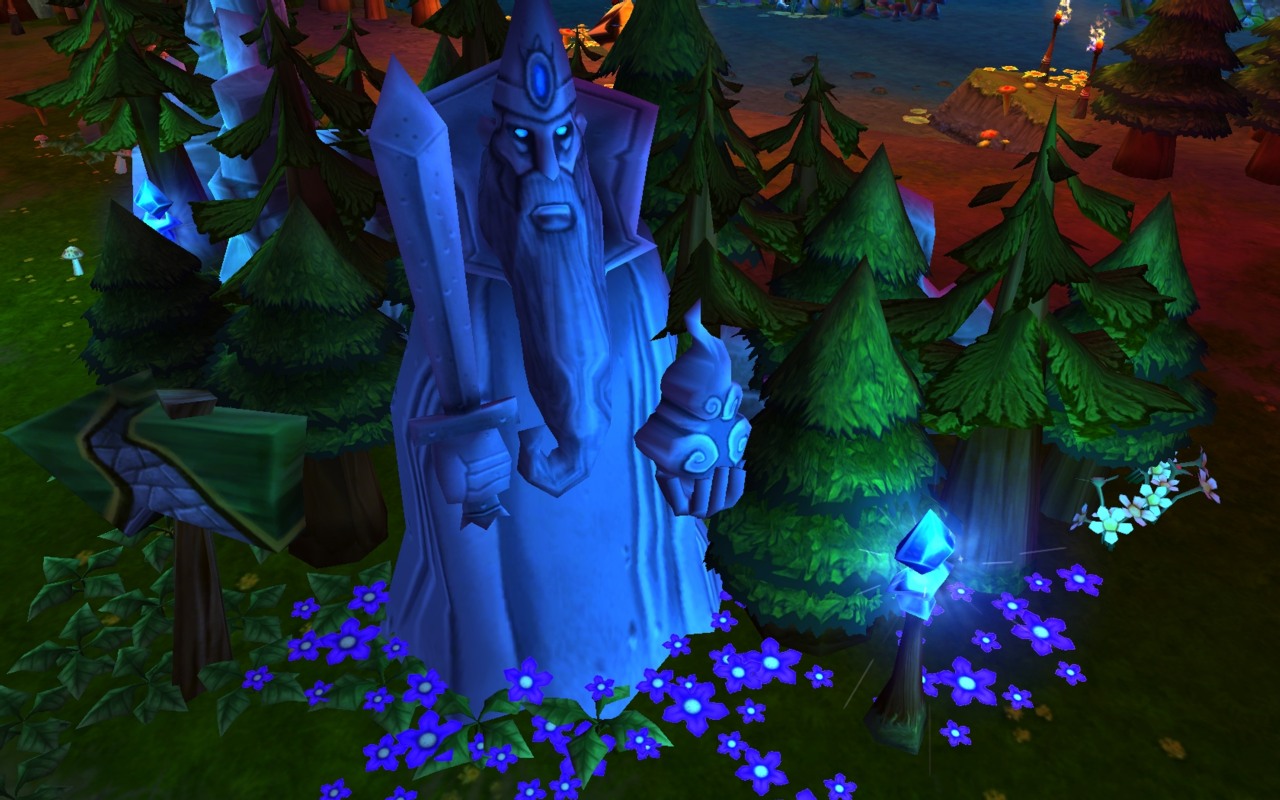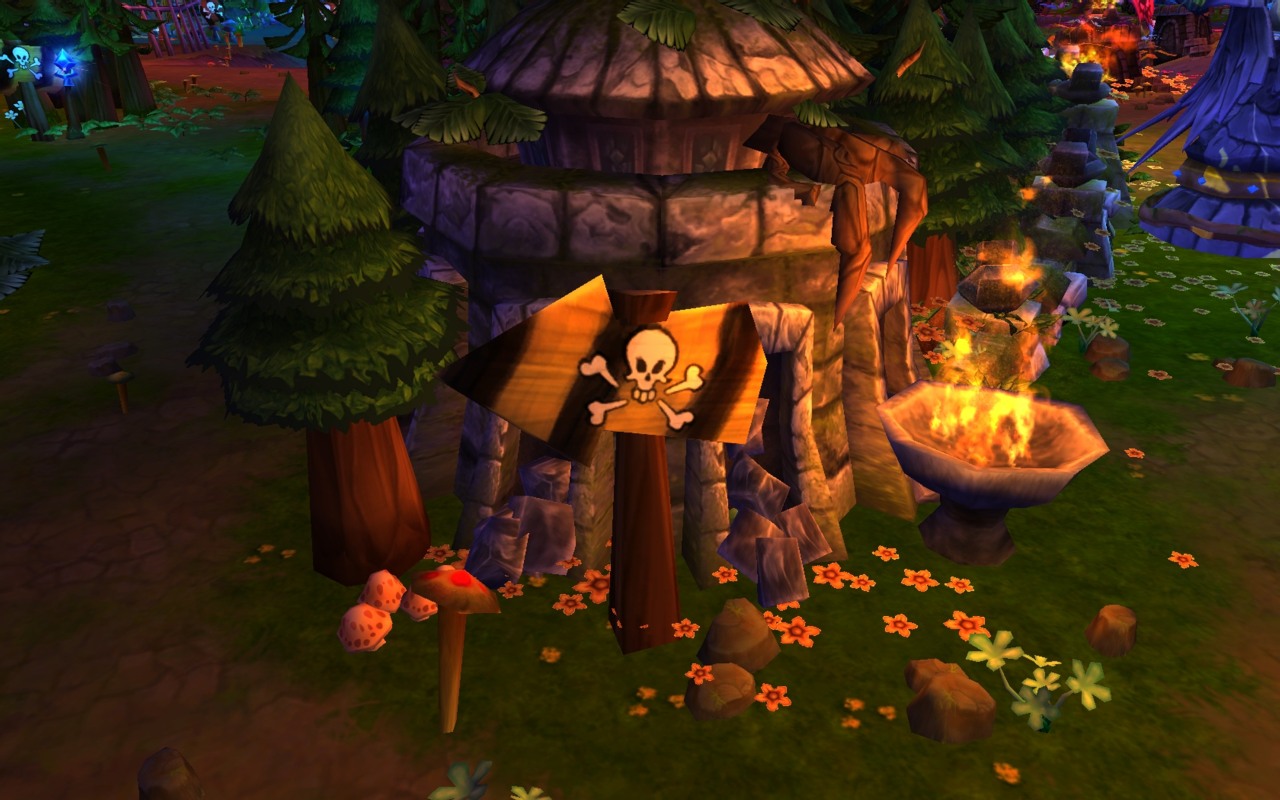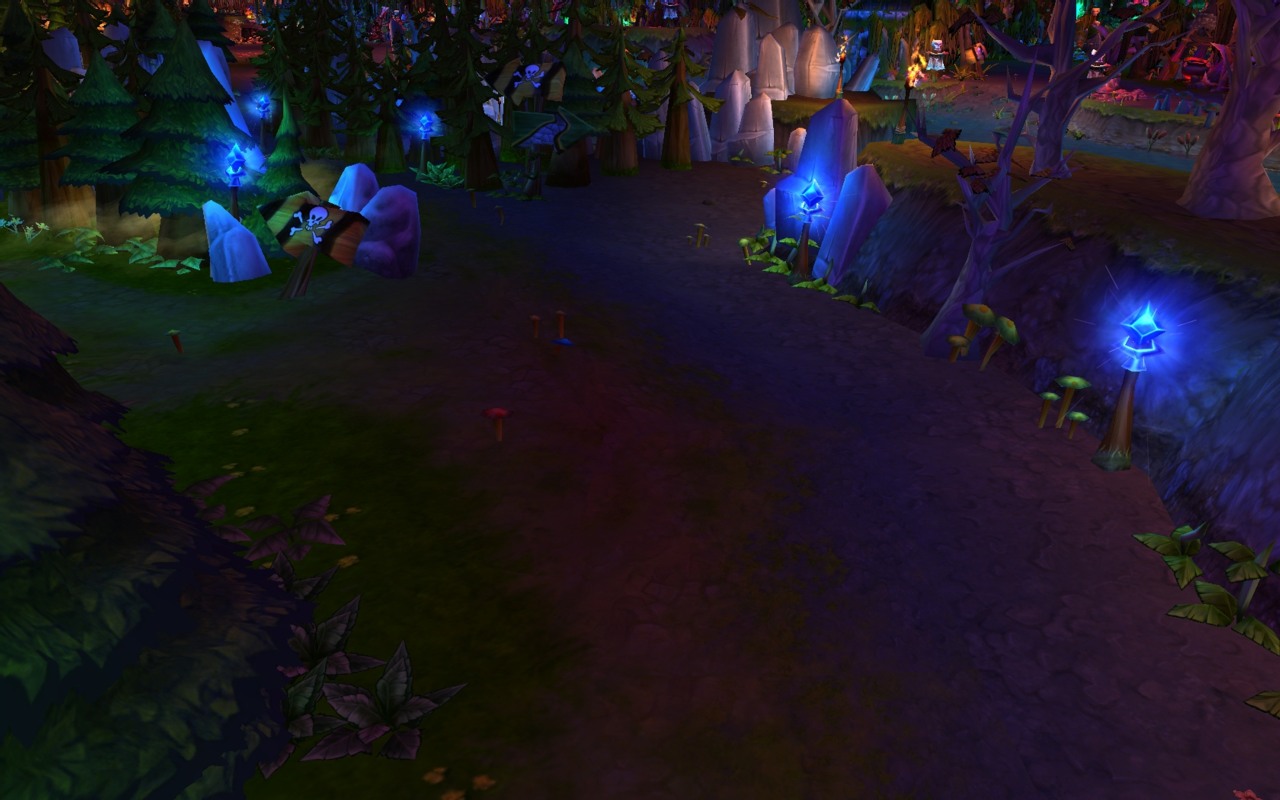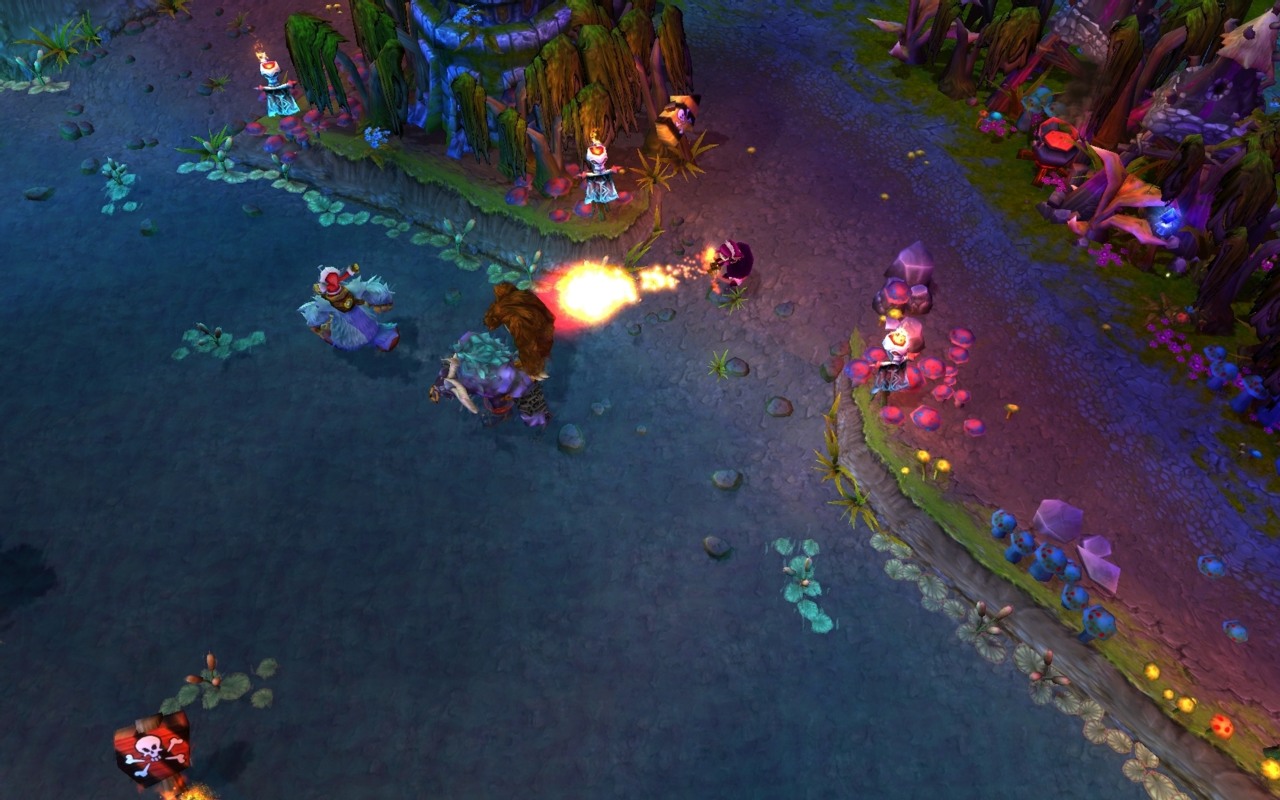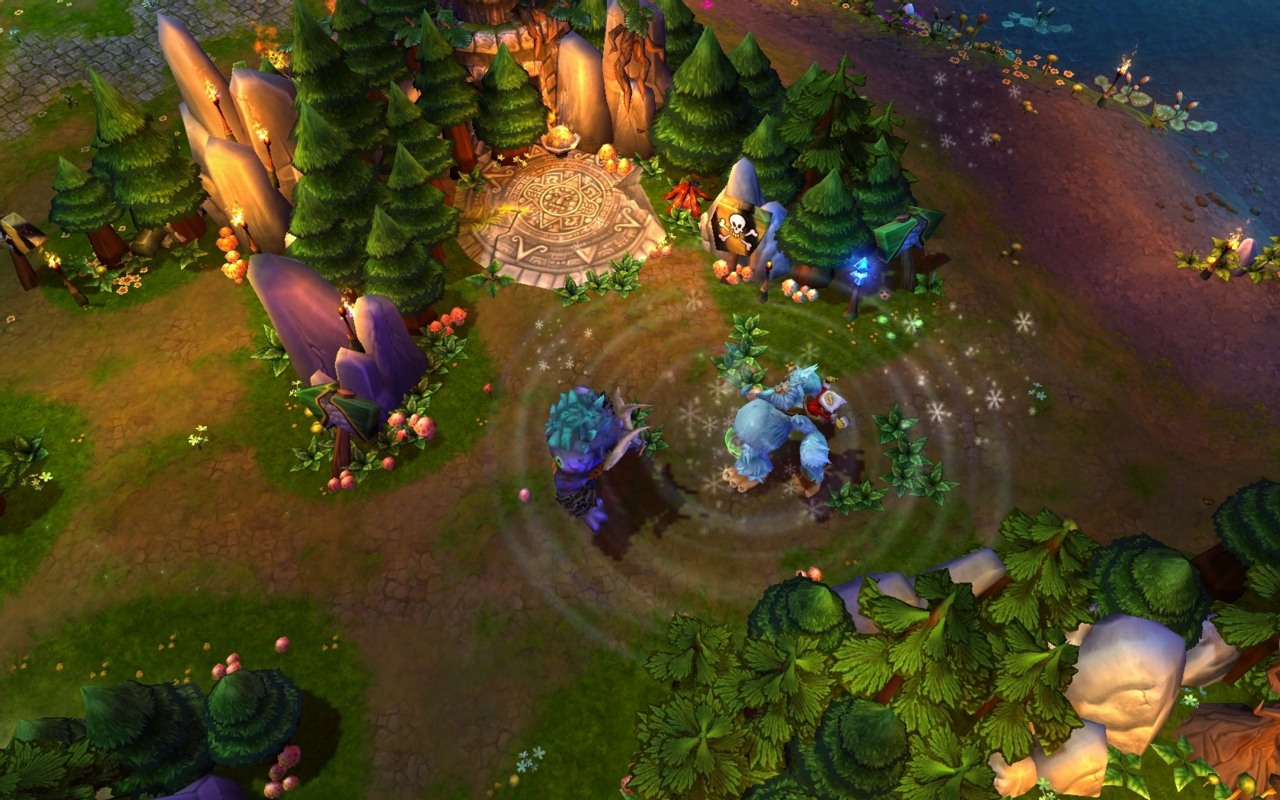League of Legends, often heralded as the epitome of strategic team-based combat, has captivated the world of competitive gaming since its inception. With its ever-evolving roster of unique champions and dynamic gameplay, it’s no surprise that this multiplayer online battle arena (MOBA) consistently ranks among the top eSports titles globally. But what makes League of Legends an enduring phenomenon? In this post, we’ll delve deep into the elements that contribute to its gripping allure, offering an analysis that spans from its richly woven plot to the competitive edge it brings to the virtual battleground.
In this comprehensive review, we’ll navigate through the realms of pros and cons, evaluate its system requirements, and provide a discerning rating of the game. Whether you’re a novice summoner or a seasoned pro, our guide will equip you with insights into how League of Legends’ strategic complexity has set a benchmark in the gaming industry. Join us as we dissect this legendary title to understand why it continues to resonate with millions of players around the world.
Prices for League of Legends
The Legends Unveiled: Unraveling the Game’s Plot
The world of Runeterra sets the stage for the epic battles of League of Legends, weaving an intricate tapestry of lore that draws players into its vibrant universe. At its core, the game pits two teams of five players against each other within the confines of Summoner’s Rift, where their primary objective is to destroy the opposing team’s Nexus, the magical cornerstone of each base. But beneath this strategic skirmish lies a depth of narrative that enriches the gameplay experience.
Each champion in League of Legends hails from unique factions across Runeterra, embodying diverse backgrounds, motives, and abilities. From the majestic city-state of Demacia to the battlescarred lands of Noxus, the champions’ stories intertwine to create a vast and engaging lore. The ongoing narrative developments, from epic conflicts to powerful alliances, ensure that players are not just competing in a game, but participating in an evolving saga that invites them to explore the rich history and future of Runeterra.
Navigating the Rift: A Dive into Gameplay
League of Legends stands out in the MOBA genre with its distinctive blend of accessibility and depth, making it both easy to learn yet challenging to master. The core gameplay involves strategic 5v5 matches on Summoner’s Rift, where players choose from a roster of over 150 champions, each boasting unique abilities and gameplay styles. This vast selection ensures matches feel fresh, allowing for endless tactical possibilities and exhilarating team compositions.
What sets League of Legends apart is its continuous innovation and competitive edge. Unlike many games that struggle to maintain freshness, League regularly updates and introduces new champions, items, and mechanics, ensuring it remains engaging and dynamic. For newcomers, the game’s tutorials and beginner-friendly modes provide a gentle learning curve, while its ranked and professional tiers offer a fiercely competitive environment for seasoned players.
When stacked against similar titles like Dota 2 or Heroes of the Storm, League of Legends is often praised for its intuitive controls and visually appealing design, making it accessible without sacrificing the complexity that long-time players crave. The game’s primary goal—to dismantle the enemy’s Nexus—serves as a straightforward yet strategically deep objective, driving players to constantly refine their strategies and adapt to opponents’ tactics. Ultimately, League of Legends delivers a rewarding gameplay experience teeming with potential for both novices seeking an entry point into MOBAs and veterans looking for a strategic showdown.
Visuals in the Rift: The Graphical Experience
The graphical landscape of League of Legends presents a harmonious blend of vibrant aesthetics and polished detail, setting a high standard within the MOBA sphere. The game’s art style leans heavily into rich, colorful visuals that bring the fantastical world of Runeterra and its diverse roster of champions to life. From the lush jungles and winding lanes of Summoner’s Rift to the intricately designed character models, League of Legends ensures a visually engaging experience that captivates both new players and veterans alike.
When compared to its contemporaries, League maintains a unique visual identity among similar titles like Dota 2 and Heroes of the Storm, which often lean towards darker, more realistic graphics. The bright, cartoonish look of League of Legends is not only pleasing to the eye but also serves a practical gameplay function, helping players quickly distinguish between characters and abilities during the heat of battle. This clarity in design is essential in a fast-paced competitive environment, where rapid decision-making is crucial.
Moreover, League of Legends frequently updates its graphics engine and releases visual reworks for older champions, ensuring that the game remains visually fresh and modern. These enhancements underscore its commitment to aesthetic quality, offering players an immersive experience that evolves alongside its gameplay dynamics. Overall, while it may not boast the ultra-realistic graphics of other gaming genres, League’s distinctive style and continuous visual improvements provide a compelling and coherent artistic experience within the realm of MOBAs.
Standout Features: What Sets League Apart
League of Legends offers a plethora of standout features that distinguish it from other games in the MOBA genre. One of its most significant features is its extensive roster of over 150 champions, each with unique skills and playstyles. This diversity not only facilitates endless strategic combinations but also ensures that each match can offer a different experience, catering to a wide range of player preferences and tactical approaches.
A hallmark of League’s design is its meticulous balance and frequent updates. Unlike many games that can become stagnant, League of Legends actively evolves through regular patches, which introduce new content and refine existing elements. This commitment to balance and innovation keeps the game competitive and engaging, motivating players to continually adapt their strategies and embrace new challenges.
Furthermore, League excels in fostering a vibrant esports scene, which has quickly become one of the biggest in the world. Its structured competitive ecosystem, complete with local, regional, and global tournaments, provides a clear ladder of skill progression for players aspiring to make their mark. Compared to other MOBA games, League’s sophisticated matchmaking system and expansive ranking options cater to both casual players and those seeking a more rigorous competitive experience.
Collectively, these features not only set League of Legends apart from its peers but also contribute to its status as a dynamic and ever-evolving cornerstone of competitive gaming. Whether you’re intrigued by its strategic depth, captivated by its diverse character pool, or eager to participate in its thriving community, League promises a gaming journey that is as rewarding as it is challenging.
Shortcomings on the Rift: The Game’s Drawbacks
Despite its many strengths, League of Legends is not without its flaws, some of which can detract from the overall gaming experience. A notable issue is the game’s steep learning curve, which can be daunting for new players. While tutorials and beginner modes exist, the complexity of champion mechanics, map strategies, and in-game item builds can overwhelm newcomers and hinder their initial enjoyment.
Another significant drawback is the often-toxic community behavior. The competitive nature of the game can unfortunately lead to unsportsmanlike conduct, including negative player interactions and verbal abuse. While Riot Games has attempted to mitigate this with reporting systems and penalties, player toxicity remains a prevalent issue that can diminish the experience for many.
Furthermore, League’s constant updates, while keeping the game fresh, can also be a double-edged sword. Frequent changes to champions and mechanics mean that players must constantly adapt, which can be frustrating for those who prefer a more stable gaming environment. This continuous evolution requires players to invest substantial time and effort to stay competitive, which may not suit casual gamers.
Lastly, the monetization model, which includes microtransactions for skins and other cosmetic items, can be polarizing. While these do not offer gameplay advantages, the pressure to purchase and the high cost of certain items can be off-putting for some players. These drawbacks, while significant, are part of the broader landscape of challenges that come with balancing an ever-evolving competitive game.
System Specs: Requirements and Performance Insights
League of Legends is renowned for its low system requirements, making it accessible to a wide array of players with varying hardware setups. This accessibility is a significant factor in its widespread popularity, allowing it to run smoothly on both modest and high-end systems.
Below are the minimum and recommended system requirements for League of Legends:
| Requirement Type | Specifications |
|---|---|
| Minimum | 2 GHz CPU, 2 GB RAM, Hardware: DirectX 9.0c compliant video card, 25 GB available hard drive space, Windows 7/8/10 |
| Recommended | 3 GHz CPU, 4 GB RAM, Hardware: Nvidia GeForce 8800/AMD Radeon HD 5670 or equivalent, 50 Mbps Internet connection, Windows 10 |
For those running League of Legends on lower-end PCs, the game is still quite playable, thanks to its scalability and optimization. Players can adjust graphic settings to ensure smoother performance without sacrificing core gameplay elements. On mid-to-high-end systems, League offers a visually richer experience, with more detail and higher frame rates enhancing the overall aesthetics and responsiveness.
Users with advanced setups benefit significantly from the game’s capacity to run at high resolutions and frame rates, providing a competitive edge in terms of visual clarity during intense matches. In essence, League’s ability to perform well across different hardware configurations ensures that players do not feel restricted by their system’s capabilities, making it an ideal choice for both casual and serious gamers alike.
Community Voices: What Players are Saying
The community around League of Legends is as vibrant and diverse as the game itself, with players offering a wide spectrum of opinions and experiences. From praise for its strategic depth to criticisms of its competitive nature, the community’s feedback provides valuable insights into the game’s enduring appeal and areas for improvement.
Here’s a glimpse into what some players are saying:
“League of Legends is the perfect blend of strategy and action. I’ve been playing for years and I’m constantly amazed by how it evolves with each update. The diversity of champions keeps every game interesting!”
“Though I enjoy the game, the toxic behavior of some players can really dampen the experience. I hope Riot continues to improve the reporting system to make the community more welcoming.”
“I’ve been hooked on League since day one, but the frequent patches can be overwhelming. Just as I get used to a champion, they change something! It keeps the game fresh but can be frustrating at times.”
“Even on my older computer, League runs smoothly, which is a big win for me. It’s great to see a game that balances good graphics with performance so well.”
These comments are testament to the game’s ability to both captivate and challenge its players, highlighting the ongoing conversation between the game’s developers and its dedicated community of fans.
Final Thoughts: Mastering the League Experience
League of Legends continues to hold its ground as a titan in the competitive gaming universe, captivating millions with its intricate blend of strategic gameplay, rich lore, and engaging visual aesthetics. While it offers an incredibly rewarding experience brimming with depth and potential for mastery, it also presents challenges such as a steep learning curve and community behavior issues. Nevertheless, its ability to adapt and innovate through frequent updates ensures its lasting presence in the gaming world. Whether you’re drawn in by its epic eSports scene or the thrill of climbing the ranks, League of Legends promises an ever-evolving landscape where players are both tested and entertained, making it a staple for fans of the MOBA genre.

